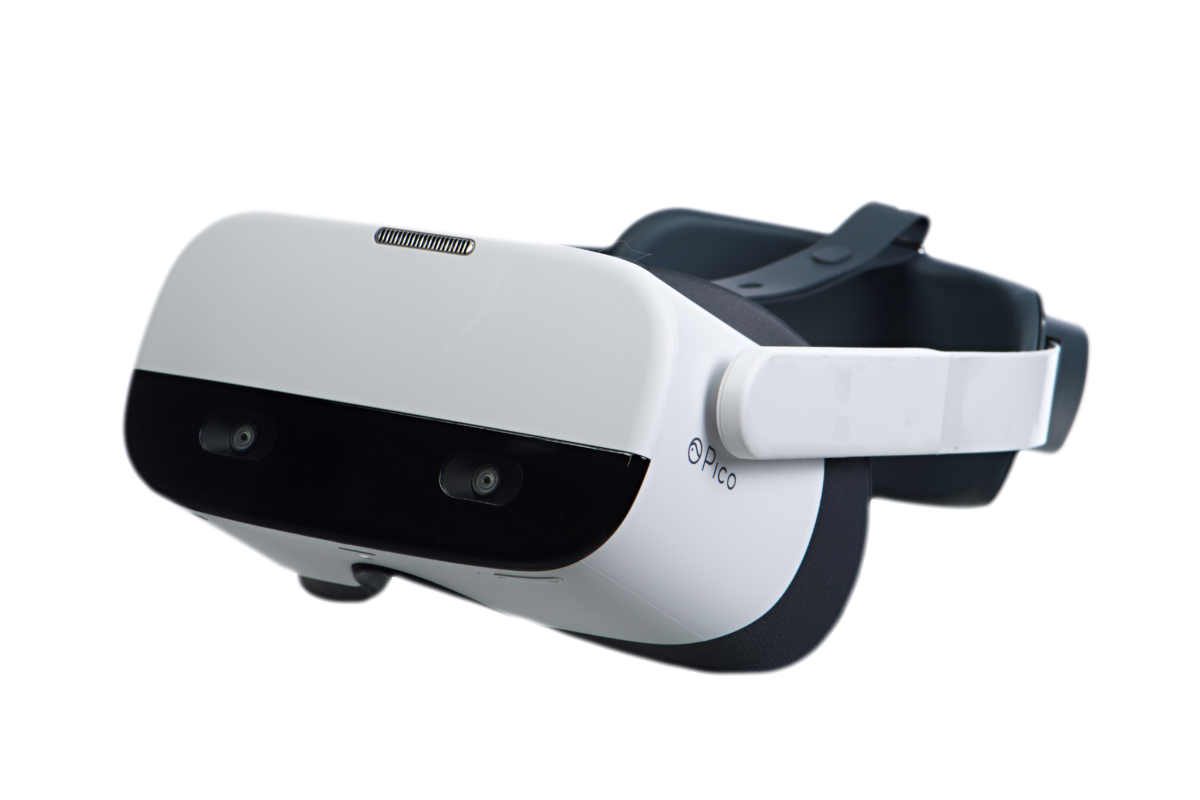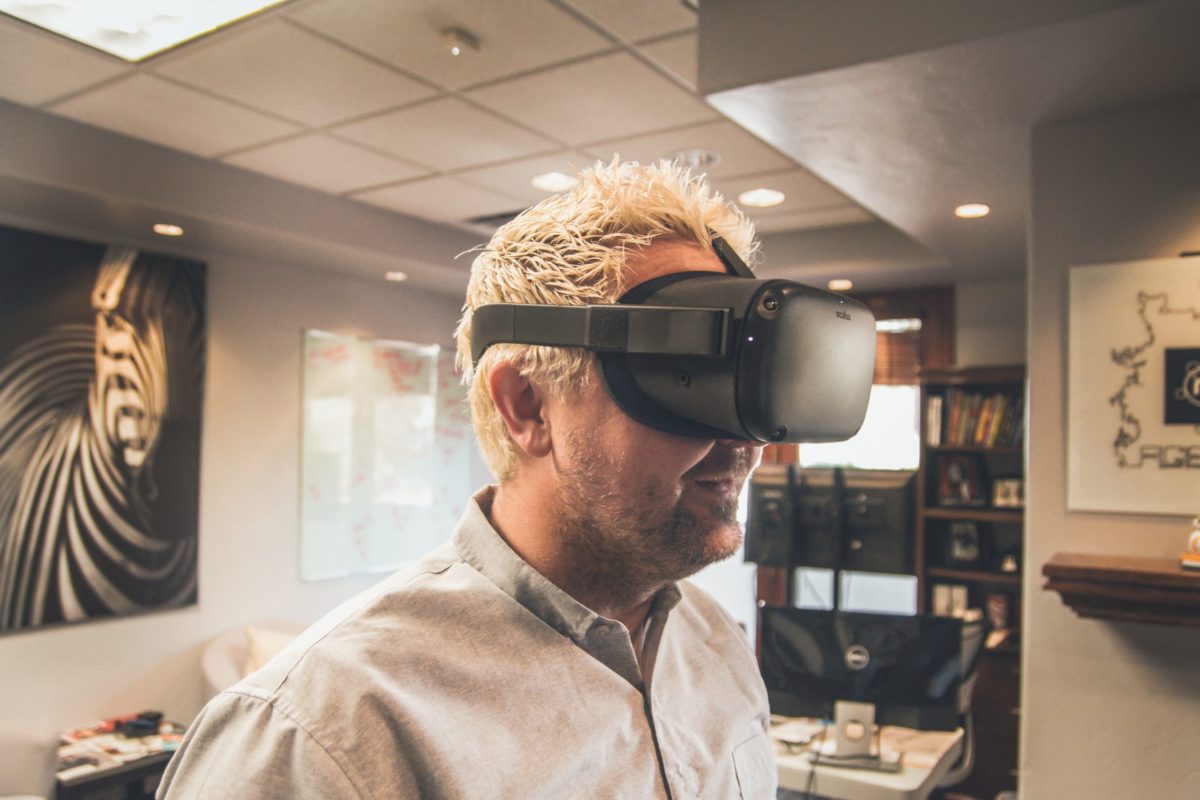As companies have prolonged their “stay” in remote work, plans for training and conducting business have adapted to a new environment, often featuring Virtual Reality (VR) as a key component.
More Americans are working remotely than ever before, with the number doubling during the coronavirus pandemic. The average US worker averages 5.8 days worked from home a month, which is up from 2.4 days before the pandemic. One in four workers works completely remotely.
Many innovative companies have experimented with using Virtual Reality environments to solve problems for remote workers, to pave the way for a more streamlined virtual office space.
VR Hardware Is Becoming More Accessible for Enterprise
VR headsets are more affordable and accessible than ever thanks to increased competition and better manufacturing processes. Headsets today are more portable, have better graphic cards, and offer stronger processing capabilities.
As prices continue to drop for VR headsets, adoption will increase in the global workforce, creating more opportunities for workers to connect virtually.
The Benefits of VR Environments for Business
Conducting Business Meetings in a Virtual Space
The pandemic upended the ways businesses conduct meetings. Video conferencing tools like Zoom have exploded in popularity due to shutdown restrictions forcing employees to work from home.
However, workers are experiencing “Zoom fatigue,” becoming frustrated due to low quality sound and video resolution, and dealing with limitations like only allowing one speaker to talk at a time.
But in a virtual reality environment, employees can work together in the same space, using personalized avatars to navigate the environment just as they would in real life.
These kinds of VR workspaces are highly interactive, allowing employees to shake hands, write on white boards, view and share documents like PowerPoint or spreadsheets, and handle 3D objects.
Prototyping Products in a Virtual Environment
Businesses today typically work remotely in a 2D environment: sharing and looking at spreadsheets, text editors, and other flat documents and data. But what if you could turn that 2D data into 3D content that’s easily manipulated and understood?
Adidas recently began testing VR environments where their R&D teams can enter a shared, collaborative space. While in this VR environment, employees can search through a digital library of new and stored content to quickly examine new 3D shoe prototypes, revolutionizing their design workflow.
Using VR For Sales
Virtual events are becoming massively popular due to shutdowns, but many of these virtual events lack the immersion of traditional events. Users can create avatars or profiles to visit virtual vendor booths, but it’s still a 2D experience.
With VR events however, users can immerse themselves in 3D spaces where they are free to interact and engage with other people, just as they would in an in-person event space.
Instead of traveling and setting up vendor booths, sales people can work at home and run online vendor booths at virtual events, effectively communicating with people all over the world. And the great news about VR events is that anyone in the world with an internet connection and headset can attend, meaning higher turnout rates and more potential for sales and connections.
Using VR to Recruit New Employees
Deutsche Bahn, a German railway company, turned to VR to help recruit new employees to replenish its workforce, which included many employees who were near retirement.
Prospective employees were able to view 3D VR videos that placed them in different positions at the company, from electricians to train drivers, to give them a tangible experience to better understand their role.
As more companies develop 3D VR videos, prospective employees in different locations will get the opportunity to “try out” new jobs before they start, which can improve job placement and reduce employee turnover.
Virtual Onboarding and Customer Service Training
VR allows recruiters to bring new employees up to speed in a fun and engaging new way.
Fidelity Investments created a VR pilot program testing 140 new hires in an experimental VR onboarding process this May. Employees based in multiple locations were able to create avatars to meet in a shared virtual space for training and team-building exercises.
As part of the onboarding process, employees participated in scavenger hunts and games to establish connectivity between teams from different locations.
In addition to exploring the new virtual space, employees also completed customer service VR training modules to learn how to be more empathetic toward their customers.
Increasing VR Remote Work Possibilities
The coronavirus pandemic has forced companies to pivot toward working remotely, and many companies have successfully adapted to this new challenge.
However, as people begin to experience more Zoom fatigue and disconnection due to “old fashioned” video conference tools, they will search for a new way to gain back the intimacy of working closely within a team.
Great progress has been made this year in developing collaborative, shared VR work spaces, with innovative companies showing us creative ways we can incorporate VR work within our own remote teams.
No doubt about it, VR is here to stay, and will become more ubiquitous for remote teams working together in the future.

PIXO Has Improved VR Management to One Easy Step

